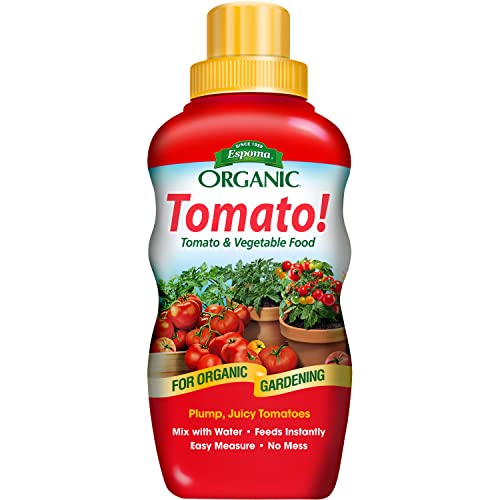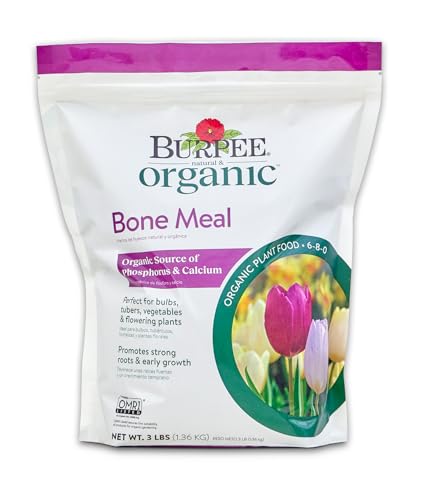How and when to fertilize fig trees – for lush growth and a bounty of fruit every summer
These impressive fruiting trees can benefit from the occasional application of feed
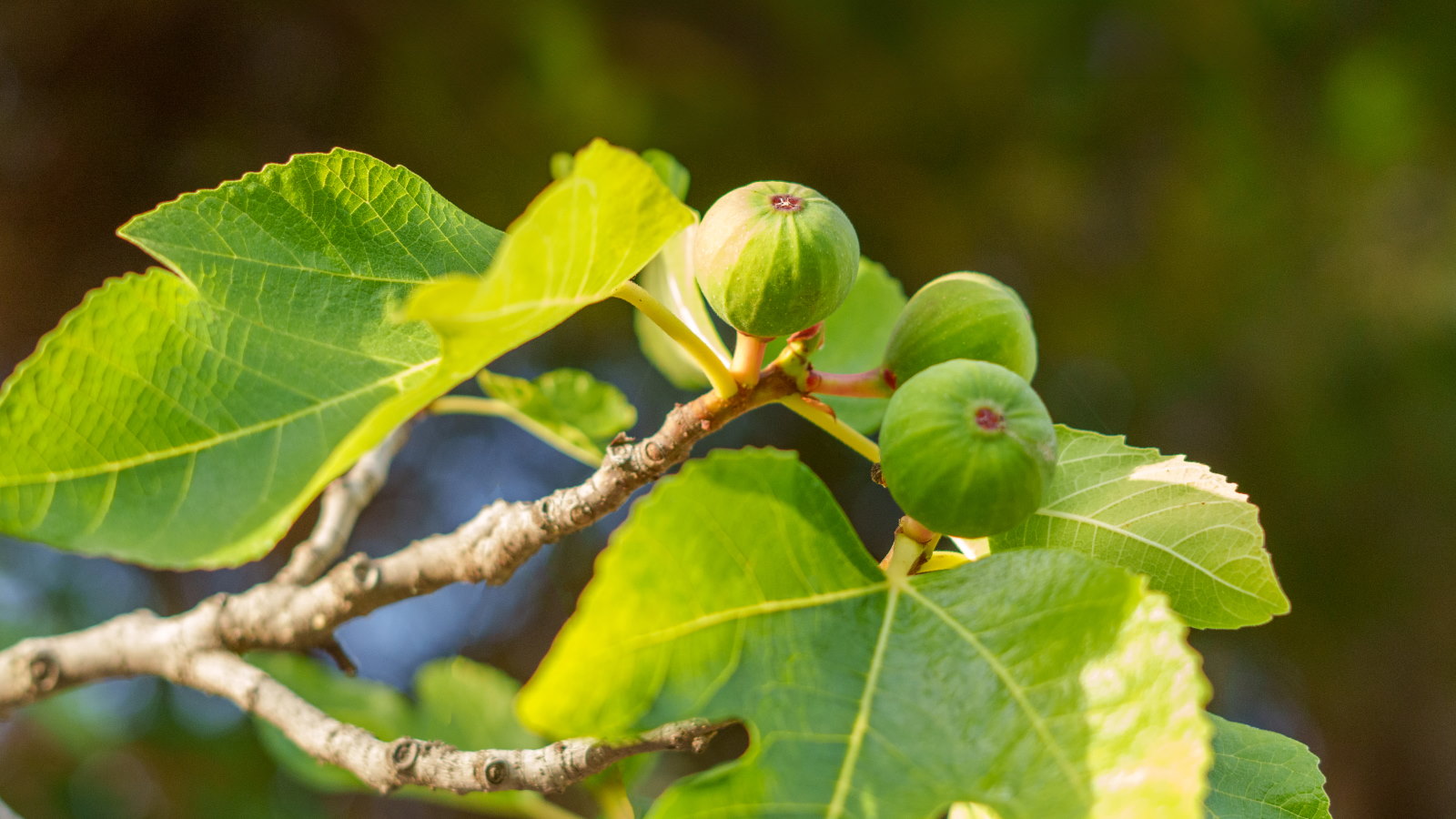

I’ve been tending fig trees for years as a gardener, but one that always comes to mind is a grand ‘Brown Turkey’ espaliered flat against a vast stone barn in South Wales. The garden sat at the bottom of a misty valley – hardly the Mediterranean climate you’d expect figs to crave – yet it thrived, thanks to the shelter and the heat radiating from that old wall.
Figs are famously tough, but toughness doesn’t mean they never need help. Like all fruit trees, they pour huge amounts of energy into blossom, foliage and ripening fruit, and sometimes the soil can’t keep up. Learning how to fertilize fig trees is, therefore, key, though it’s a matter of balance. Too much feed and you’ll be lost in a jungle of leaves with not a fig in sight, and too little and you’ll face bare stems year after year.
So, whether you’re caring for a large wall-trained specimen or a modest patio tree in a pot, the right feed at the right moment can make all the difference. Here’s everything I’ve learned about how to get a fig tree to fruit with the right fertilizer, after many seasons of trial, error, and the occasional bumper harvest.
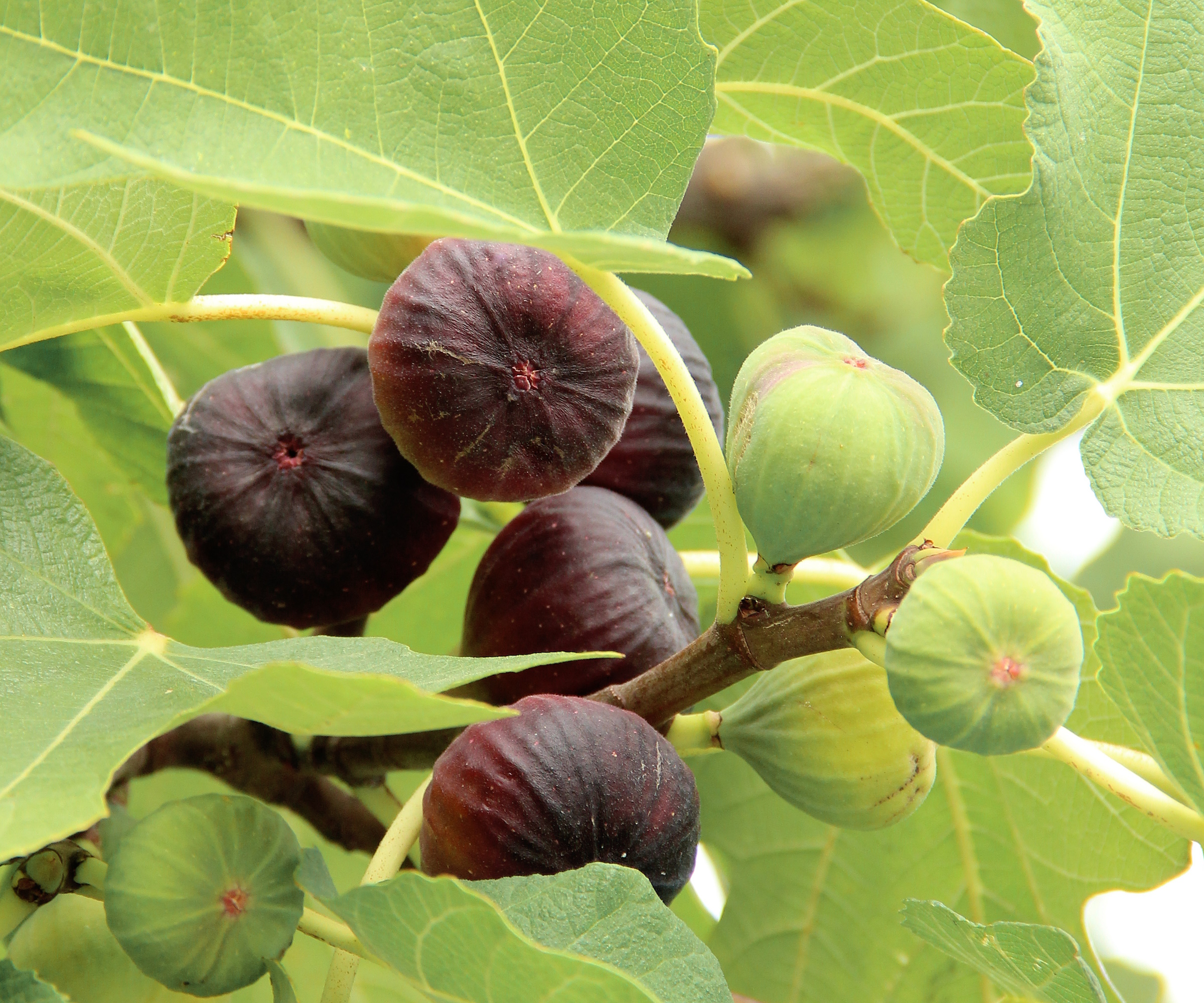
Is it necessary to fertilize fig trees?
In their native Mediterranean range, fig trees grow in poor, stony soils. I have seen them thriving in seemingly infertile spots, still managing to produce fruit. It’s one of the reasons they’ve earned a reputation as some of the easiest fruit trees to grow.
So, technically, no, you don't always need to fertilize fig trees. If yours looks good and is fruiting well, chances are it is probably quite happy without any supplemental feed this year.
However, for those growing in pots, or for established trees that need a gentle nudge or look a little lacklustre, then the right feed at the right time can make the difference between a disappointing year and a rewarding harvest.
When to feed fig trees

In terms of when to fertilize fruit trees, I have found that less is usually more. For fig trees growing in the ground, a single spring feed is usually enough, just at the point that your tree is jumping into life as the new growth emerges. This one hit will usually carry it through the season.
Design expertise in your inbox – from inspiring decorating ideas and beautiful celebrity homes to practical gardening advice and shopping round-ups.
Potted fruit trees, though, are another matter. In containers, roots can’t forage far, so they rely completely on you.
I would suggest feeding fig trees in pots every two to three weeks from late spring through to late summer, stopping once fruits begin to swell and ripen, usually August or September.
Do not be tempted to feed any later than this, which would be a fertilizing mistake. While you might think you are helping your tree by encouraging it to produce more growth, this will not harden before the cold weather arrives.
How to feed fig trees
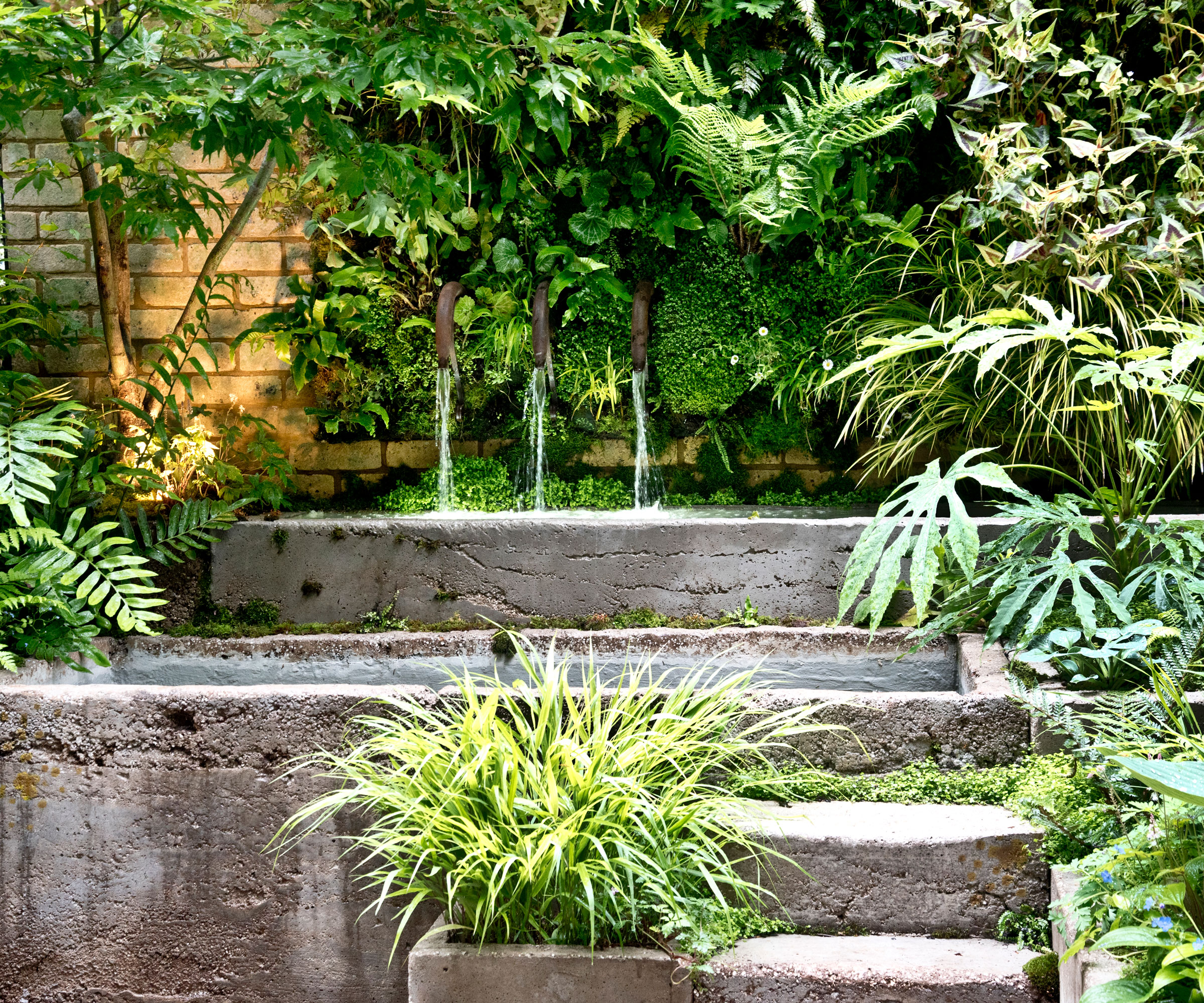
For in-ground figs that you are feeding in spring, simply apply a scattering of blood, fish and bonemeal around the base of the tree. Use something like this organic bone meal by Espoma, available via Walmart.
One handful around the base worked lightly into the soil will do the job, and this top-up of phosphorus will support flower and fruit growth over the season ahead.
Container figs respond best to liquid feeds. I would suggest using something like this organic tomato fertilizer by Espoma, available via Amazon. Tomato feeds will have a higher potassium or potash amount (the third value in terms of plant fertilizer numbers).
Follow the recommended instructions found on the packaging of the feed, typically applying once every couple of weeks, and diluting it into a watering can.
Be sure to work slowly and methodically, soaking the soil and avoiding the foliage and the upper stems.
FAQs
Can I use seaweed feed for fig trees?
Yes, seaweed feed is a good product to have that I tend to keep in the shed. It won’t replace a high-potassium or phosphorus fertilizer for fruit production, but it’s brilliant as a supplement. I often use it early in the year, which will help with leafy growth, before switching to a tomato feed to guarantee plenty of delicious fruits later in the year.
Try this organic seaweed fertilizer by Blue Planet Nutrients, available now via Amazon.
While it will change depending on the variety you grow, you don't usually need to winterize fig trees unless you live in zone 7 or zone 6 and below.
However, a good precautionary step to take is mulching the base of your tree, which not only will protect the roots during long, cold months but can also improve the quality and structure of the soil.
Any organic bark or straw mulch will do, just be sure to apply a thick (two or more inches) layer in the fall, keeping a small distance away from the trunk, which can cause rotting.
Shop fertilizer accessories

Thomas is a Content Editor within the Gardens Team at Homes and Gardens. He has worked as a professional gardener for both public spaces and private estates, specializing in productive gardening, growing food and flowers. Trained in Horticulture at the Garden Museum, he has written on gardening and garden history for various publications, including The English Garden, Gardens Illustrated, Hortus, The London Gardener and Bloom. He has co-authored a Lonely Planet travel book, The Tree Atlas, due out in 2024.
You must confirm your public display name before commenting
Please logout and then login again, you will then be prompted to enter your display name.
